Back to Courses

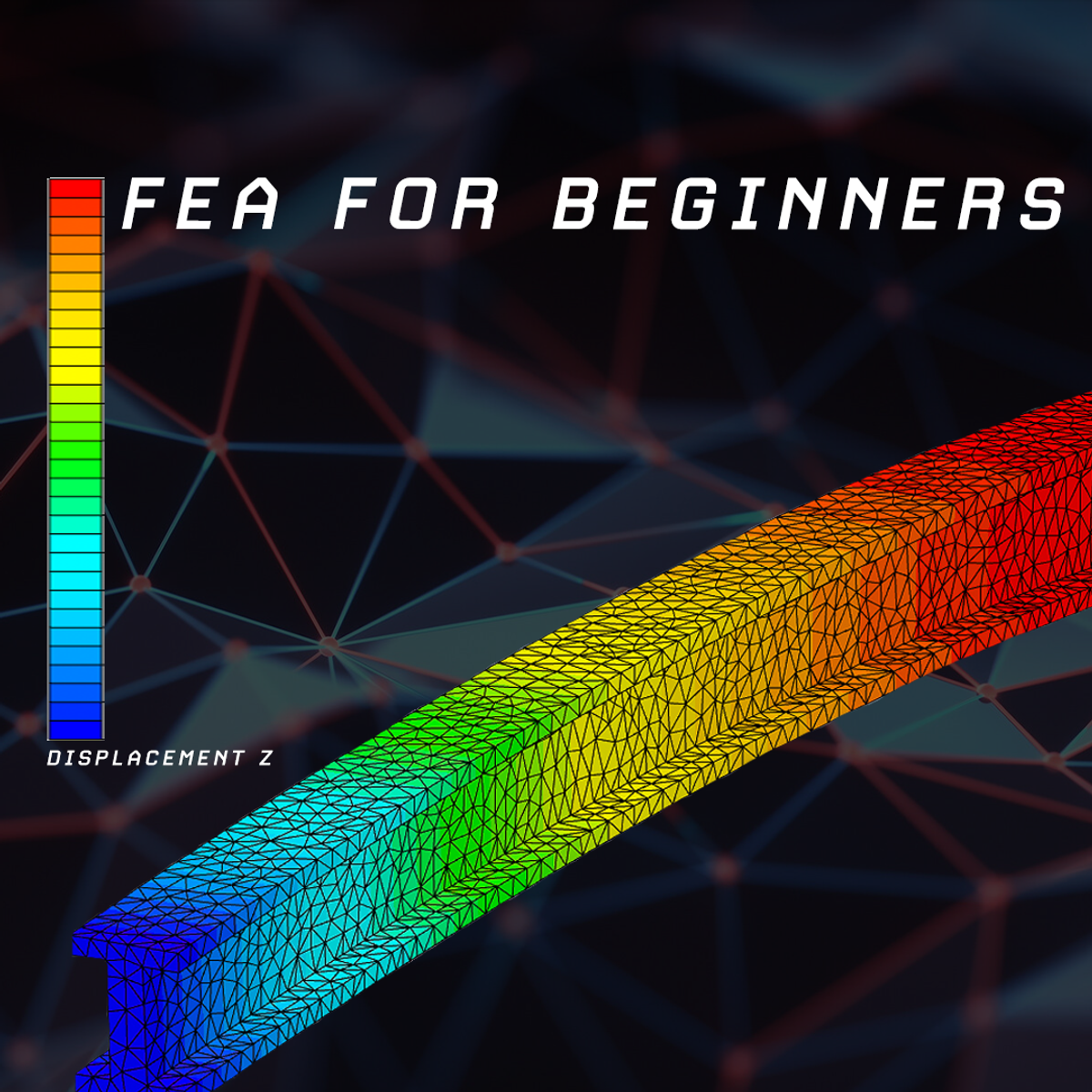
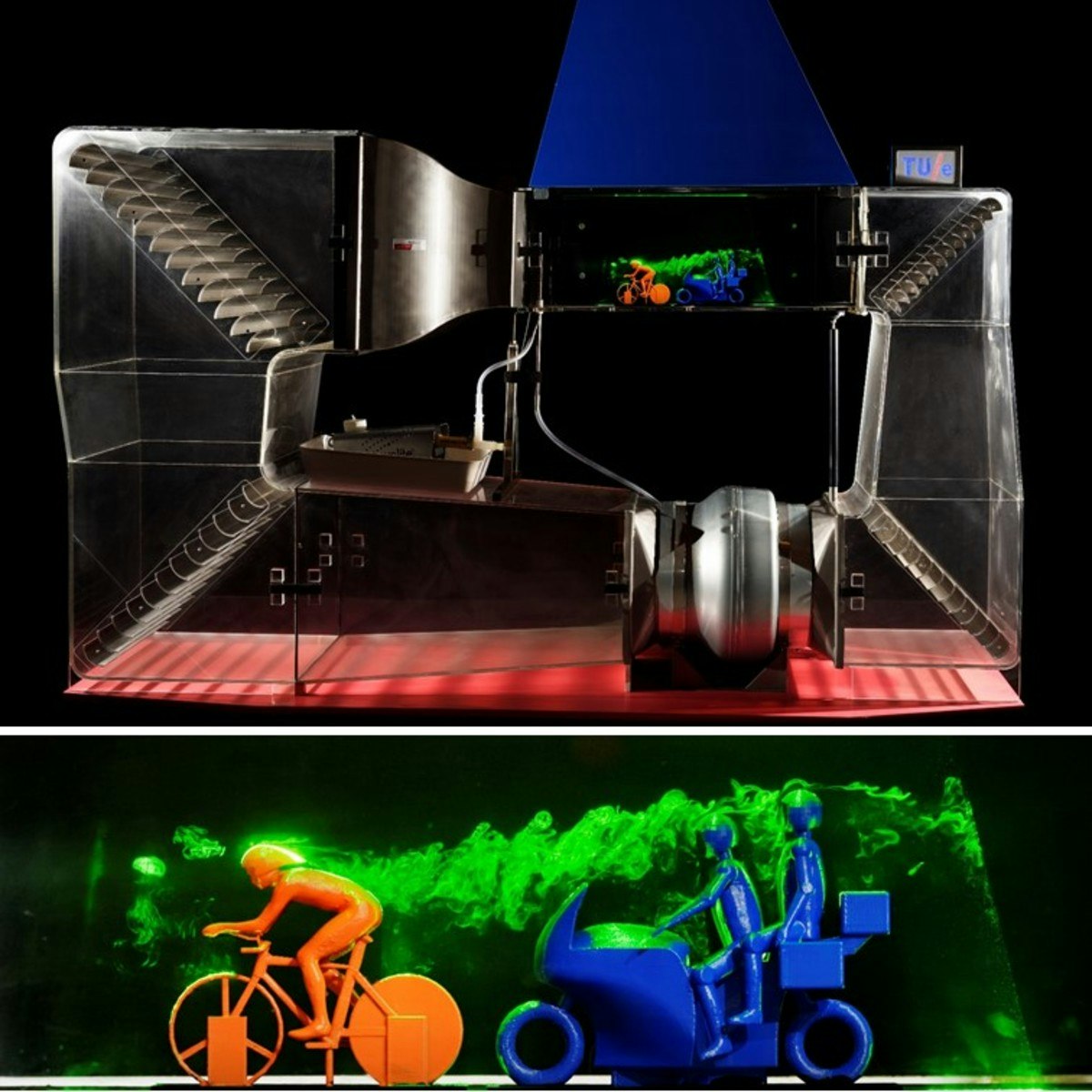

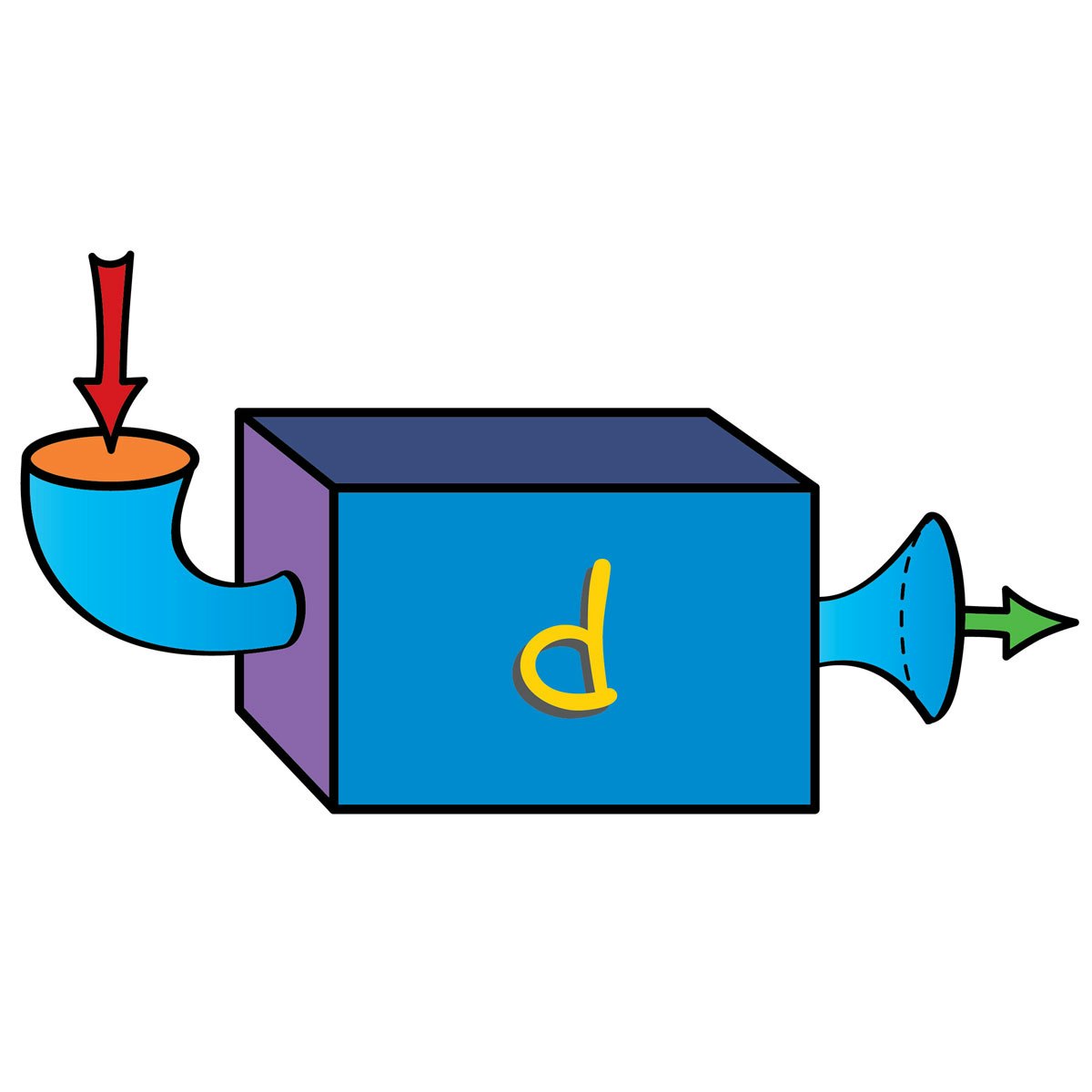
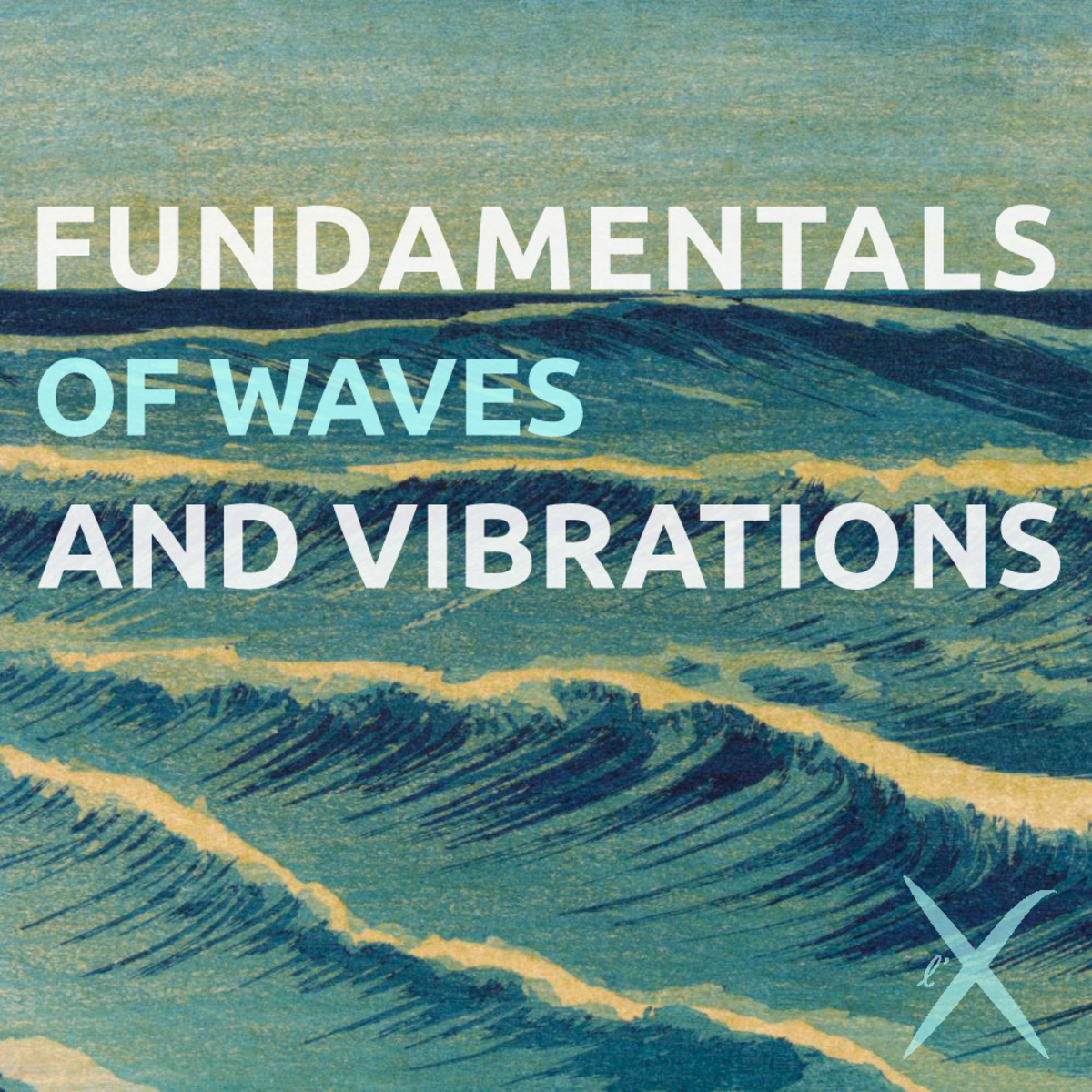

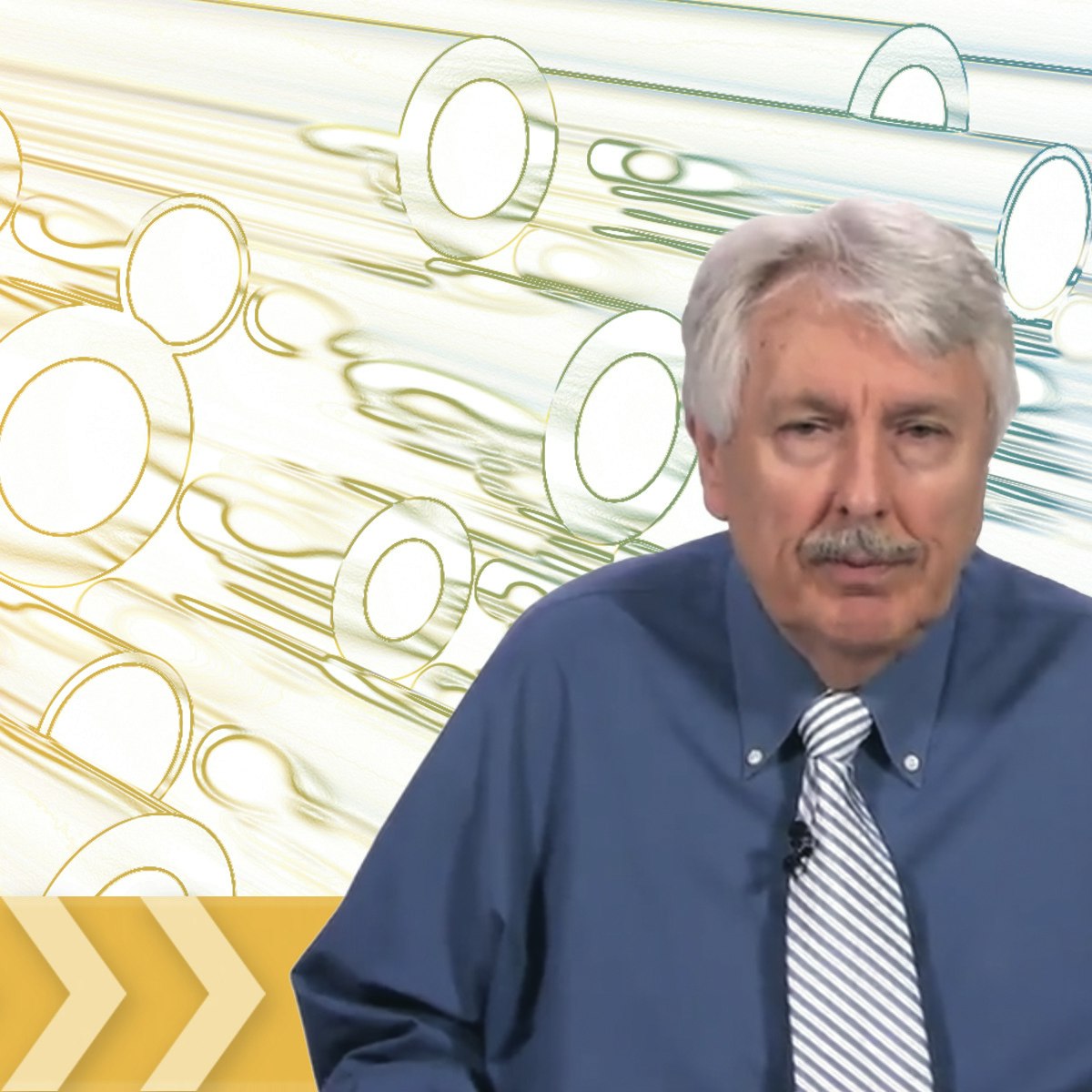

Mechanical Engineering Courses - Page 4
Showing results 31-40 of 148

Introduction to Indoor Air Quality
Course Overview: https://youtu.be/LLVb4FOn4uU
This course provides a basic knowledge of an emerging area – Indoor Air Quality (IAQ) in buildings. Learners will realize the importance of maintaining proper IAQ.
Characteristics associated with indoor air contaminants (IAC) are demonstrated, such as
• Particulate matters (PM2.5, PM10)
• Radon
• Volatile organic compounds (VOCs)
• Asbestos
• Bio-aerosols, and more
Safe exposure levels, resulting health effects, measurement techniques, mitigate and control measures of these IAC are discussed.
Other important areas related to IAQ such as building ventilation systems, indoor flow characteristics, sick building syndrome, and thermal comfort are also covered in this course.

Crystal Structures and Properties of Metals
In this course, we will present atomic bonding and its relation to crystal structure and physical properties. A particular focus will be on the different types of cubic structures. There will be an introduction to planes and Miller Indices. We will discuss the principal planes in the cubic system. Their common crystallographic defects will be shown and discussed. Finally, the tensile test will be used to extract various materials parameters.

SimScale for Engineering Simulations - FEA for Beginners
In this hands-on project, you will learn about the Finite Element Method (FEM) and validate a simulation case using the cloud-based simulation tool SimScale. We will set up a simple simulation case with a provided geometry to learn the fundamentals of the Finite Element Method and how a validation case is approached in the first place. We will walk through the classical three step process of every simulation which includes the pre-processing, processing and post-processing step.
SimScale is an engineering simulation platform that is revolutionizing the way engineers, designers, scientists, and students design products. The SimScale platform is accessible completely via a standard web browser, with an easy-to-use interface which supports numerous simulation types including solid mechanics (FEM), fluid dynamics (CFD) & thermodynamics.
This course runs on Coursera's hands-on project platform called Rhyme. On Rhyme, you do projects in a hands-on manner in your browser. You will get instant access to pre-configured cloud desktops containing all of the software and data you need for the project, for this project you need no special setup or any data. Everything is already set up directly in your internet browser so you can just focus on learning!
Notes:
- This course works best for learners who are based in the North America region. We’re currently working on providing the same experience in other regions.

Sports and Building Aerodynamics
COURSE ABSTRACT:
Have we reached the boundaries of what can be achieved in sports and building design? The answer is definitely “NO”. This course explains basic aspects of bluff body aerodynamics, wind tunnel testing and Computational Fluid Dynamics (CFD) simulations with application to sports and building aerodynamics. It is intended for anyone with a strong interest in these topics. Key fields addressed are urban physics, wind engineering and sports aerodynamics.
COURSE CONTENTS:
The course consists of 6 weeks. The first 3 weeks are on fundamentals, the second 3 weeks on applications.
- Week 1: Basic aspects of fluid flow
- Week 2: Wind-tunnel testing
- Week 3: Computational Fluid Dynamics
- Week 4: Building aerodynamics
- Week 5: 100 m sprint aerodynamics
- Week 6: Cycling aerodynamics
COURSE UPGRADES:
In January-February 2017, the course will be upgraded/extended with:
- New modules on cycling aerodynamics
- Week 7: Climate adaptation of buildings and cities
- Week 8: Air pollution
If you want to take the upgraded/extended course, please wait with enrollment until mid February.
LECTURER:
The lecturer is Bert Blocken, professor at Eindhoven University of Technology in the Netherlands and KU Leuven in Belgium. He is a Civil Engineer holding a PhD in Building Physics. His main areas of expertise are urban physics, wind engineering and sports aerodynamics. He has published 126 papers in international peer-reviewed journals. He has received the 2013 Junior Award from the International Association of Wind Engineering and six best paper awards from the Elsevier ISI journal Building & Environment (2009, 2011, 2012) and at international conferences. According to the 2016 Academic Ranking of World Universities (Shanghai Ranking) & Elsevier, he is among the 150 most cited researchers world-wide both in the field of Civil Engineering and in the field of Energy Science & Engineering. Since Dec 2016, he is editor of the ISI journal Building & Environment and starting 2017, he is also associate editor of the ISI Journal of Wind Engineering & Industrial Aerodynamics. He is member of the editorial board of the ISI journals Building Simulation and Sports Engineering. He has acted as a reviewer for more than 70 different ISI journals. He is currently supervising a team of 4 senior researchers, 32 PhD students and 5 MSc students.

Materials Science: 10 Things Every Engineer Should Know
We explore “10 things” that range from the menu of materials available to engineers in their profession to the many mechanical and electrical properties of materials important to their use in various engineering fields. We also discuss the principles behind the manufacturing of those materials.
By the end of the course, you will be able to:
* Recognize the important aspects of the materials used in modern engineering applications,
* Explain the underlying principle of materials science: “structure leads to properties,”
* Identify the role of thermally activated processes in many of these important “things” – as illustrated by the Arrhenius relationship.
* Relate each of these topics to issues that have arisen (or potentially could arise) in your life and work.
If you would like to explore the topic in more depth you may purchase Dr. Shackelford's Textbook:
J.F. Shackelford, Introduction to Materials Science for Engineers, Eighth Edition, Pearson Prentice-Hall, Upper
Saddle River, NJ, 2015

Calculus: Single Variable Part 2 - Differentiation
Calculus is one of the grandest achievements of human thought, explaining everything from planetary orbits to the optimal size of a city to the periodicity of a heartbeat. This brisk course covers the core ideas of single-variable Calculus with emphases on conceptual understanding and applications. The course is ideal for students beginning in the engineering, physical, and social sciences. Distinguishing features of the course include: 1) the introduction and use of Taylor series and approximations from the beginning; 2) a novel synthesis of discrete and continuous forms of Calculus; 3) an emphasis on the conceptual over the computational; and 4) a clear, dynamic, unified approach.
In this second part--part two of five--we cover derivatives, differentiation rules, linearization, higher derivatives, optimization, differentials, and differentiation operators.

Fundamentals of waves and vibrations
See our course teaser on http://goo.gl/SU25sF
Waves are everywhere. On water of course, but also in the air as you hear a plane, and under your feet during an earthquake certainly. Vibrations, too, are everywhere In your bike as you go over a bump, in you guitar as you play, and of course in your smartphone. You can guess that there is something in common behind all this. This is exactly the purpose of this course !
So if you want to understand better waves and vibrations, and the relation between them and to use that knowledge in your field, this MOOC is for you. We are going to consider any possible domains of applications such as civil engineering, aerospace engineering, plant biomechanics, and many others ! This is why we called the course “fundamentals of waves and vibrations”. There are so many phenomena and so many models that we need to work with you on the basic mechanisms . We look forward to see you in the course, and work together !
See also our related course on the couplings between fluids and solids at www.coursera.org/learn/fluid-solid-interaction, with the course teaser on http://goo.gl/YKSMnD

Generative Design for Part Consolidation
Designing a product is only part of the process. Now, can that product be manufactured? In many cases the end product is made up of an assembly of different pieces to simplify manufacturing. With generative design and additive manufacturing, we can now take a different approach to the process of designing and producing complex products by ultimately reducing the number of parts and steps in an assembly while optimizing a design for strength and weight reduction.
You’ll need a paid subscription to Fusion 360 to complete the assignments in this course. Be sure to review your access or payment options before enrolling: https://www.autodesk.com/products/fusion-360
Want to take your learning to the next level? Complete the Autodesk Generative Design for Manufacturing Specialization, and you’ll unlock an additional Autodesk Credential as further recognition of your success! The Autodesk Credential comes with a digital badge and certificate, which you can add to your resume and share on social media platforms like LinkedIn, Facebook, and Twitter. Sharing your Autodesk Credential can signal to hiring managers that you’ve got the right skills for the job and you’re up on the latest industry trends like generative design.
Enroll in the Specialization here: https://www.coursera.org/specializations/autodesk-generative-design-manufacturing
Looking for Autodesk Fusion 360 certification prep courses? Check out additional learning resources to help you uplevel your skills: https://www.autodesk.com/learning
Material Processing
Have you ever wondered why ceramics are hard and brittle while metals tend to be ductile? Why some materials conduct heat or electricity while others are insulators? Why adding just a small amount of carbon to iron results in an alloy that is so much stronger than the base metal? In this course, you will learn how a material’s properties are determined by the microstructure of the material, which is in turn determined by composition and the processing that the material has undergone.
This is the second of three Coursera courses that mirror the Introduction to Materials Science class that is taken by most engineering undergrads at Georgia Tech. The aim of the course is to help students better understand the engineering materials that are used in the world around them. This first section covers the fundamentals of materials science including atomic structure and bonding, crystal structure, atomic and microscopic defects, and noncrystalline materials such as glasses, rubbers, and polymers.

Modern Robotics, Course 5: Robot Manipulation and Wheeled Mobile Robots
Do you want to know how robots work? Are you interested in robotics as a career? Are you willing to invest the effort to learn fundamental mathematical modeling techniques that are used in all subfields of robotics?
If so, then the "Modern Robotics: Mechanics, Planning, and Control" specialization may be for you. This specialization, consisting of six short courses, is serious preparation for serious students who hope to work in the field of robotics or to undertake advanced study. It is not a sampler.
In Course 5 of the specialization, Robot Motion Planning and Wheeled Mobile Robots, we delve into advanced topics in robotics. Chapter 12, Grasping and Manipulation, of the "Modern Robotics" textbook covers the modeling of kinematics and forces between rigid bodies in contact, and applies the modeling to analysis and planning of robot grasping and other manipulation tasks. Chapter 13, Wheeled Mobile Robots, covers modeling, motion planning, and feedback control of omnidirectional and nonholonomic wheeled mobile robots, and concludes by addressing control of mobile manipulators consisting of a wheeled mobile base and a robot arm.
This course follows the textbook "Modern Robotics: Mechanics, Planning, and Control" (Lynch and Park, Cambridge University Press 2017). You can purchase the book or use the free preprint pdf. You will build on a library of robotics software in the language of your choice (among Python, Mathematica, and MATLAB) and use the free cross-platform robot simulator V-REP, which allows you to work with state-of-the-art robots in the comfort of your own home and with zero financial investment.
Popular Internships and Jobs by Categories
Find Jobs & Internships
Browse
© 2024 BoostGrad | All rights reserved